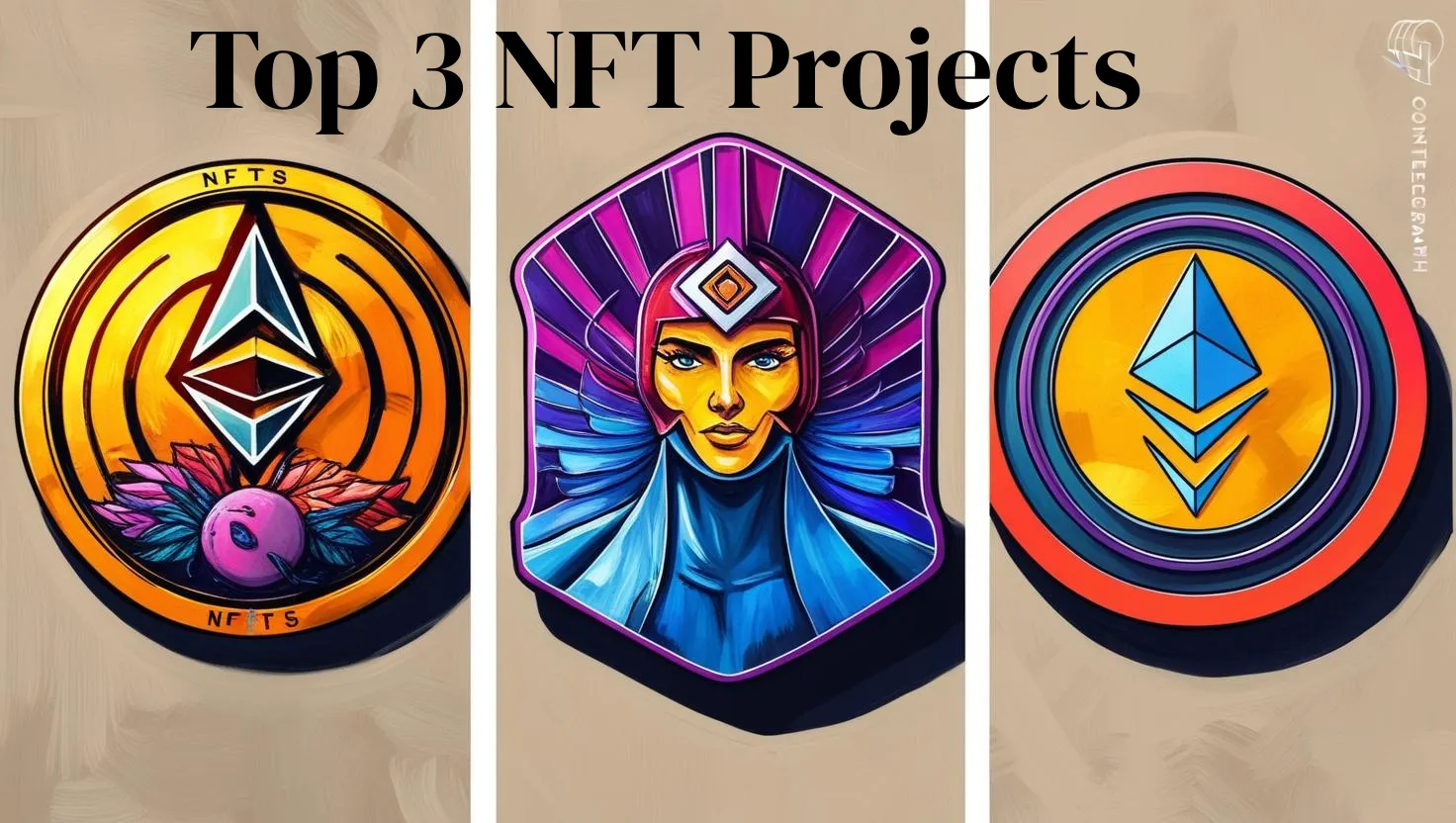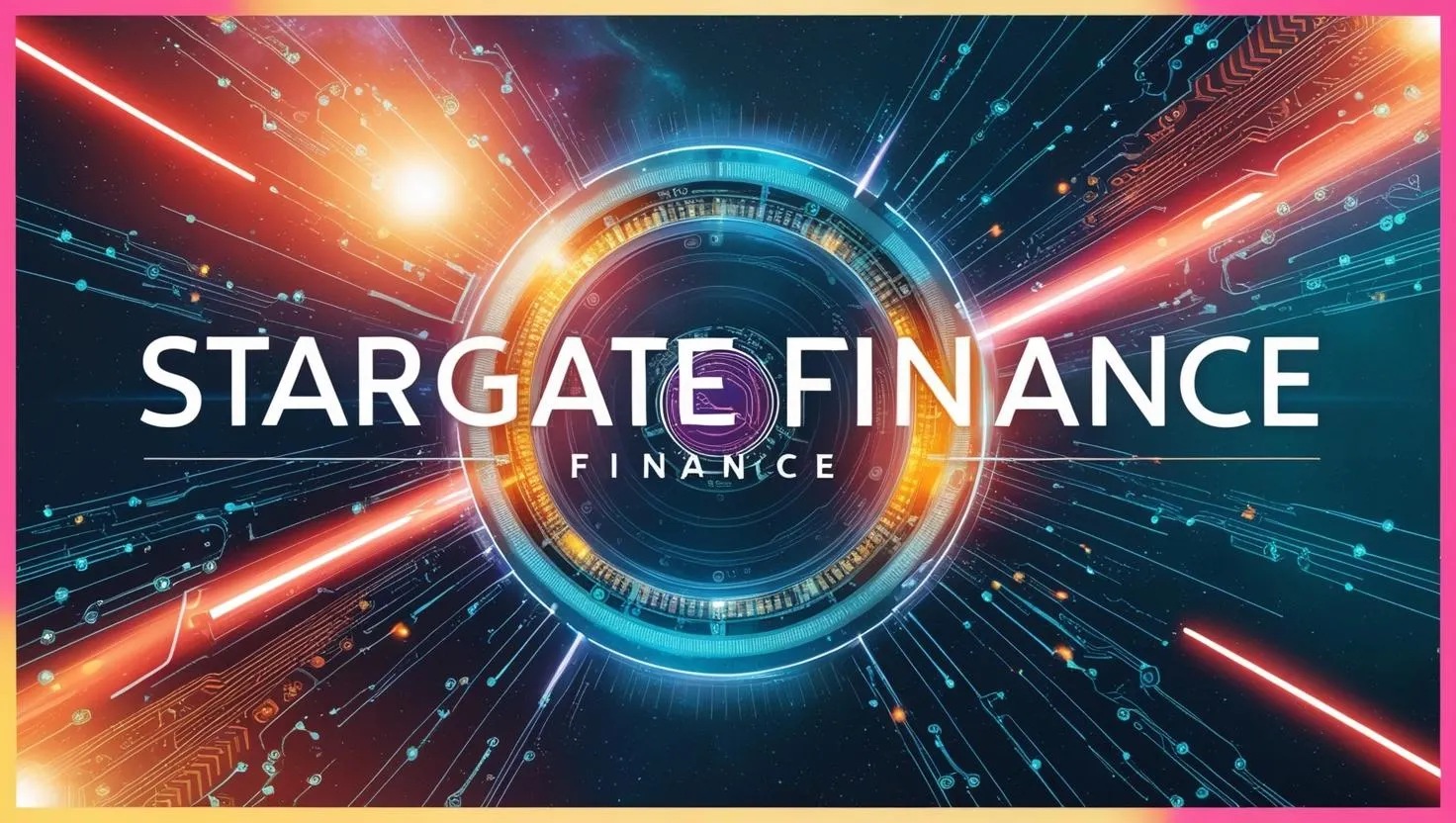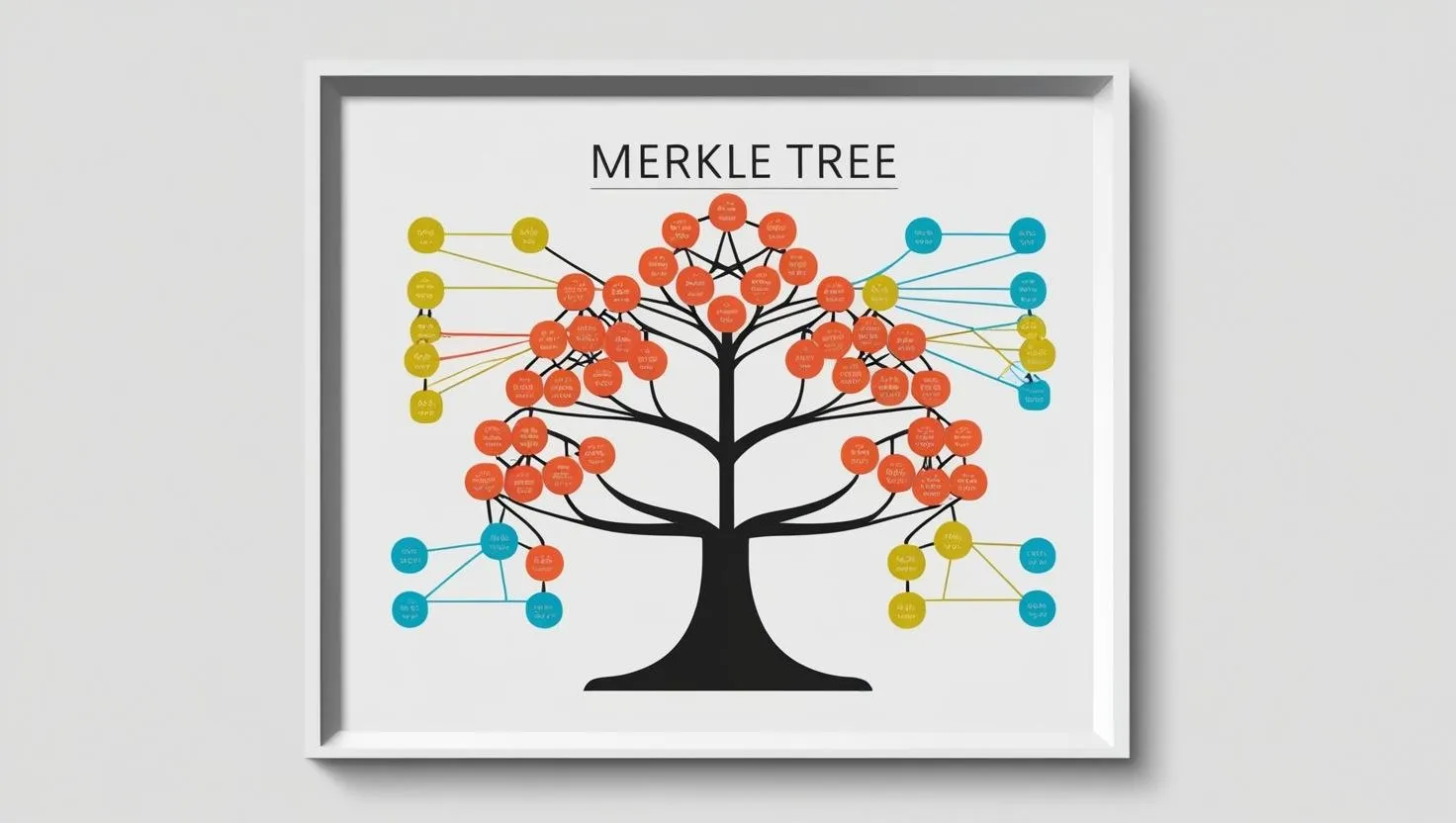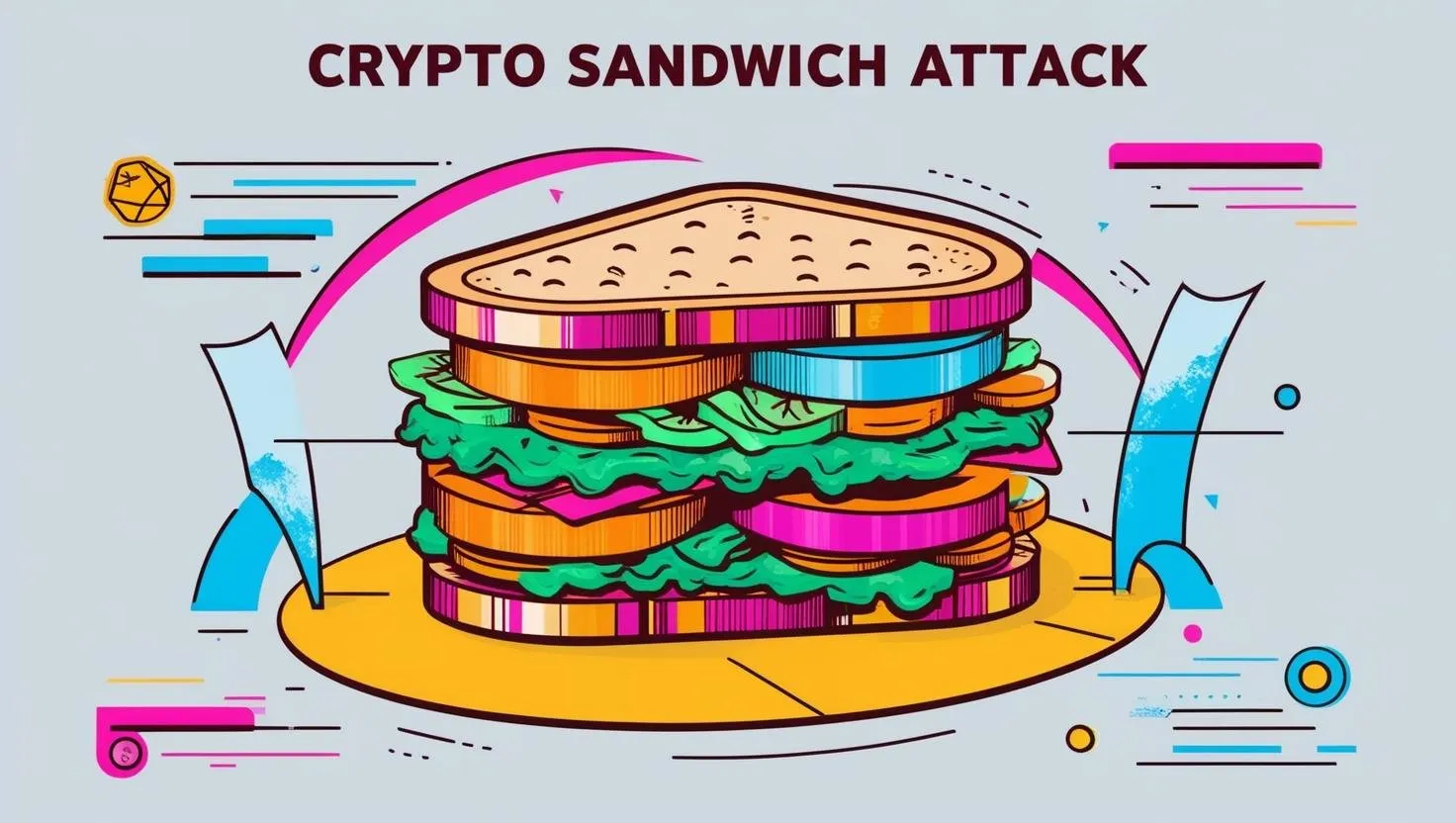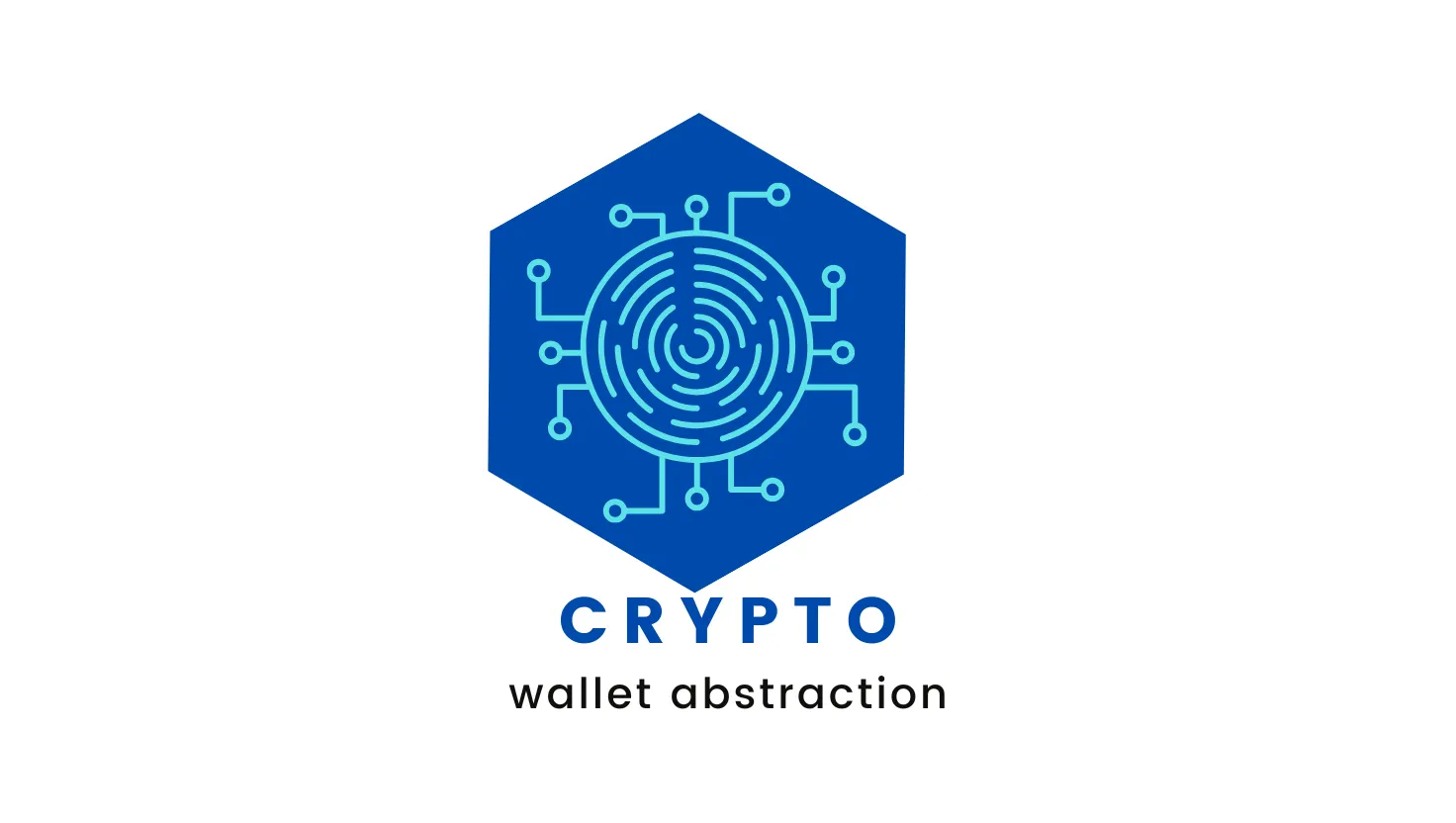The Magic of Merkle Trees: How Blockchains Stay Secure
What is a Merkle Tree?
A Merkle Tree, also known as a hash tree, is a data structure used to efficiently summarize and verify the integrity of a large set of data. In blockchain, it's used to represent and verify the transactions within a block. It's a tree-like structure where:
- Leaves: The bottom-most nodes of the tree represent the individual data items (e.g., transactions). Each leaf node contains a hash of its corresponding data item.
- Parent Nodes: Each parent node is created by hashing the concatenation of its two child nodes' hashes.
- Root Node: The top-most node of the tree is called the Merkle root. It represents a cryptographic summary of all the data in the tree.
How it Works:
- Hashing the Data: Each transaction in a block is individually hashed using a cryptographic hash function (like SHA-256). This creates the leaf nodes of the Merkle Tree.
- Pairing and Hashing: The leaf nodes are paired up, and the hash of each pair is calculated by concatenating the two child hashes and then hashing the result. This creates the next level of parent nodes.
- Repeating the Process: This pairing and hashing process is repeated up the tree until only one node remains – the Merkle root.
Example:
Let's say we have four transactions: T1, T2, T3, and T4.
- Hashing:
- H(T1) = Hash of transaction 1
- H(T2) = Hash of transaction 2
- H(T3) = Hash of transaction 3
- H(T4) = Hash of transaction 4
- Pairing and Hashing:
- H(1-2) = Hash(H(T1) + H(T2)) (+ means concatenation)
- H(3-4) = Hash(H(T3) + H(T4))
- Root Calculation:
- Merkle Root = Hash(H(1-2) + H(3-4))
Benefits of Merkle Trees in Blockchain:
- Data Integrity: Any change to a single transaction will affect its hash, which will then propagate up the tree, ultimately changing the Merkle root. This makes it easy to detect any tampering with the transactions.
- Efficient Verification: To verify that a specific transaction is included in a block, you don't need to download the entire block. You only need the Merkle root and a small set of hashes called the "Merkle path." The Merkle path consists of the hashes needed to recompute the Merkle root, including the sibling of each node on the path from the transaction to the root. This is known as Simplified Payment Verification (SPV).
- Space Efficiency: Merkle Trees provide a compact representation of a large number of transactions. Instead of storing all the transactions, you only need to store the Merkle root.
- Transaction Inclusion Proof: Merkle trees make it easy to prove that a specific transaction was included in a block without revealing all the other transactions.
Example of SPV:
Suppose you want to verify that T3 is included in the block.
- You have the Merkle root.
- You receive the Merkle path: H(T4) and H(1-2).
- You can then calculate:
- H(3-4) = Hash(H(T3) + H(T4))
- Merkle Root (recalculated) = Hash(H(1-2) + H(3-4))
If the recalculated Merkle root matches the original Merkle root, you have proof that T3 was included in the block.
In Summary:
Merkle Trees are a fundamental component of blockchain technology, providing a secure and efficient way to manage and verify transactions within a block. They enable data integrity, efficient verification, space efficiency, and transaction inclusion proofs, all of which are crucial for the functionality and security of blockchain systems.





